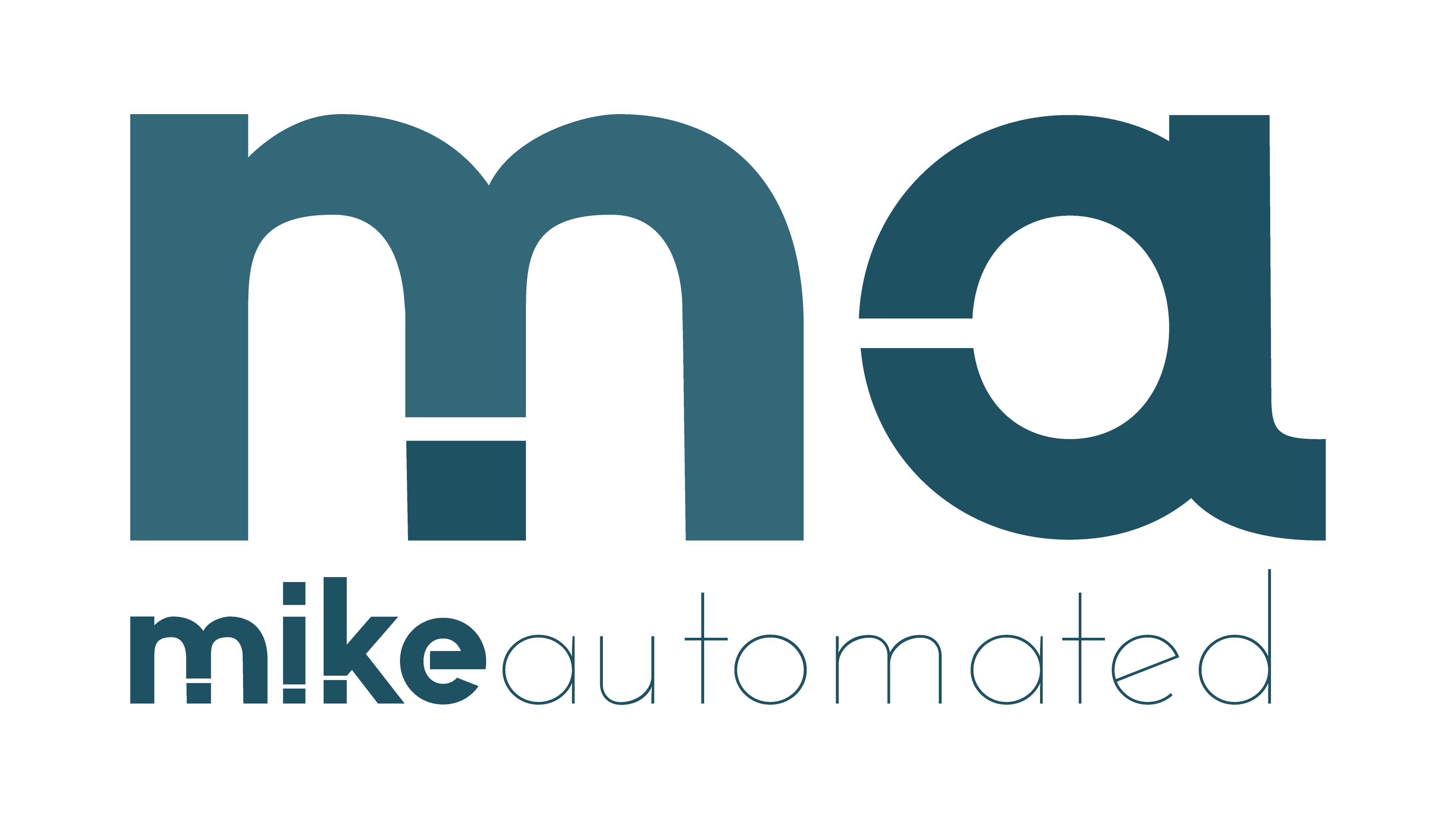- Lean first: Start with a scoped AI MVP to learn quickly without large upfront investment.
- Clear problem: Define the business problem and success metrics before building anything.
- Data and governance: Prioritize data readiness and governance from day one.
- Measure value: Use simple, business-focused metrics to decide whether to iterate or scale.
- Plan to scale: Prepare a practical path from prototype to production with governance and risk controls.
Introduction: If you are shaping a modern business strategy, you will encounter AI as a tool for impact, not a vanity project. This guide focuses on Building a Minimum Viable AI Project as a practical way to test ideas, learn fast, and reduce risk. You will find a concise, action-oriented framework you can adapt to your company size and market. We’ll blend concrete steps with real-world examples so you can move from concept to learning loop quickly.
In today’s fast-moving markets, a full-fledged AI rollout can take too long and cost too much. The MVP approach—often called an AI prototype or lean AI experiment—lets you validate hypotheses with minimal scope. The goal is not to deploy a perfect model, but to validate value, learn what works, and decide whether to invest further. This aligns with broader business strategy: win time, protect downside, and build capability incrementally.
What is Building a Minimum Viable AI Project?
Building a Minimum Viable AI Project is a structured way to test an AI idea with the smallest possible scope that still delivers meaningful learning. It emphasizes:
- Defining a single, high-value problem.
- Using available data and simple models to deliver an AI prototype quickly.
- Measuring tangible business outcomes, not just technical metrics.
Think of it as a proof of concept with a clear path to learning. The MVP focuses on the problem, the data you actually need, and the decision rules that will trigger business action. For many teams, this means a small, controlled project that demonstrates value and informs a broader AI product roadmap. If you want a practical starting point, review our guide on AI prototypes to understand the mechanics and pitfalls of early experiments.
Why this approach matters in business strategy
There are four core reasons this approach is strategic:
- Speed to learning: A lean AI project shortens feedback loops, so you learn what drives value faster than a larger initiative would allow.
- Risk management: Limiting scope reduces financial exposure and data risk while you validate assumptions.
- Alignment with goals: Clear success criteria tie AI work to revenue, efficiency, or customer outcomes.
- Foundation for governance: Early governance, ethics checks, and data quality practices become ingrained, not afterthoughts.
To maintain momentum, teams should view the MVP as a learning instrument, not a final product. The MVP informs the AI product roadmap and the wider digital strategy. When ready, you can translate MVP insights into a scalable AI initiative that integrates with existing systems and governance policies.
Step-by-step guide to building MVP AI
The following steps outline a practical flow for Building a Minimum Viable AI Project.
1) Define the problem and success criteria
Begin with a single, measurable business problem. Ask: What decision will AI influence, and what is the value of a better decision? Set concrete success metrics, such as a 5–15% lift in a key KPI or a reduction in manual effort by a defined amount. Document data availability, constraints, and safety considerations. Establish a timeline for learning and a go/no-go decision point.
2) Scope the MVP and plan the learning loop
Limit the MVP to the smallest feature set that can test the core hypothesis. Define the learning loop: a clear trigger, a decision rule, and immediate feedback. Create a minimal analytics dashboard that shows the AI’s impact on the chosen metric. This keeps the effort focused and makes it easier to communicate progress to stakeholders.
3) Data readiness and quality
Assess data quality, availability, and privacy needs. Use existing datasets first and note gaps that prevent reliable results. Implement lightweight data checks, such as completeness, consistency, and recency. Plan for data governance without slowing experimentation.
4) Model selection and tooling
Choose a simple model with transparent behavior. A baseline rule or a small predictive model often suffices. Favor off-the-shelf algorithms that require minimal tuning. Document assumptions about features and potential biases. Look for tools that integrate with your current stack to reduce friction.
5) Evaluation criteria and success metrics
Use business-oriented metrics alongside technical ones. For example, track lift in revenue per user, improvement in forecast accuracy, or time saved for staff. Define an explicit stopping rule: if the MVP fails to meet a minimum threshold, pivot or pause. If it succeeds, plan the next iteration with stronger data and broader scope.
6) Deployment plan and learning loop
Build a minimal deployment path that automates data intake, model inference, and result delivery to decision-makers. Start with a soft launch for a small user group and monitor performance in real time. Establish a simple rollback plan in case results diverge from expectations.
7) Governance, risk, and ethics
Incorporate basic governance early: data stewardship, model explainability, and bias checks. Define accountability for decisions the AI influences. Align the MVP with regulatory and ethical standards, even in a pilot. This reduces surprises in later stages and builds trust among users.
Throughout these steps, document decisions and learnings. This makes it easier to scale and refactor later. You can explore more on governance practices in our related piece AI governance and risk management.
Practical example: Retail demand forecast MVP
Imagine a mid-sized retailer aiming to improve stock decisions. The problem: frequent stockouts and excess inventory during promotions. The MVP approach uses a small dataset from the last two seasons and a simple time-series model to predict next-week demand at a store level. Success criteria include reducing stockouts by 10% and lowering leftover inventory by 5% over a 6-week period.
The MVP workflow: ingest daily sales and promotional data, run a lightweight forecast model, and present a one-page decision support dashboard to store managers. The MVP requires minimal IT changes and uses existing reporting tools. If the results show value, expand to more products and channels; if not, refine features or switch to a different model strategy. This is a practical way to test lean AI without large upfront investment.
For those interested in replicating this in your own business, review our case study gallery and see how teams in other sectors applied MVP AI to similar problems. You can also explore a shorter, hands-on guide in our practical path to building an MVP AI case study.
Common pitfalls and how to avoid them
Leaders often trip on a few recurring issues. The most common are scope creep, relying on perfect data, and treating the MVP as a final product. To avoid these, maintain strict scope, use available data, and deploy a plan for rapid iteration. Keep the focus on learning: what does the model tell you that you didn’t know before?
Another pitfall is neglecting stakeholder alignment. Include users early, share clear metrics, and document the business value from the outset. If you miss governance in the MVP, you will face bigger hurdles later when scaling. Build trust by communicating progress with simple visuals and frequent updates.
Tools, teams, and timelines
A successful MVP AI project requires the right mix of people and tools. A small cross-functional team typically includes a data scientist or analyst, a data engineer, a product manager, and a domain expert. They should collaborate with IT and compliance teams to ensure data security and align to policy. Tools should support rapid prototyping, versioning, and lightweight monitoring.
Timelines vary by size and scope, but a well-defined MVP often runs 4–8 weeks from problem framing to decision. Build in check-ins at the end of each week to review learning and adjust scope. This cadence keeps momentum and prevents the project from stalling in the “prototype” phase.
Visual and measurement plan
Use a simple visual to track progress: a lean AI project canvas, paired with a dashboard showing the MVP’s impact on the chosen KPI. The canvas should map problem, data, model approach, evaluation criteria, deployment plan, and risk controls. The dashboard highlights changes in the business metric and flags data or model issues early.
Suggested visual: a two-part diagram. Part one is a problem-to-value flowchart; part two is a timeline showing key milestones from problem framing to the MVP decision. This combination helps executives and engineers stay aligned. For a ready-made template, see our AI prototype canvas.
Conclusion and call to action
Building a Minimum Viable AI Project is not about chasing perfection. It is about learning what works in your context, with disciplined scope and measurable value. Start with a clearly defined problem, move quickly through data readiness and lightweight modeling, and insist on simple, business-focused metrics. If the MVP proves valuable, you have a solid reason to scale with governance in place and a concrete roadmap for the next phase. If not, you have learned what to pivot next without costly commitments.
Ready to start? Begin with a short problem statement, gather accessible data, and draft a plan for a 6-week MVP cycle. As you progress, compare outcomes with your strategic goals and use the results to refine your AI product roadmap. For more practical steps, check our related guides on AI prototypes and AI product roadmaps. This approach will help your organization stay ahead in the evolving landscape of AI-enabled business strategy.



